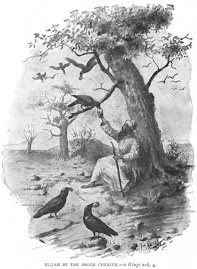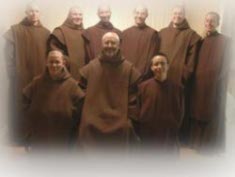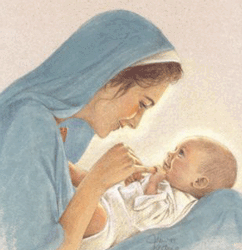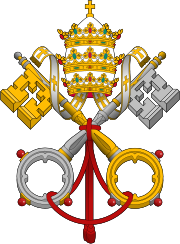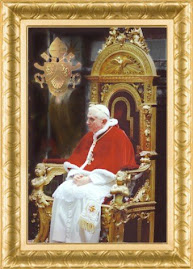Raphael, Transfiguration
One cannot advance in faith without closing one’s eyes to
everything pertaining to the senses and to clear, particular knowledge. Though
St Peter was truly certain of his vision of Christ glory in the
transfiguration, yet after relating the fact in his second canonical epistle (2
Pt 1:16-18) he did not want anyone to take this as the chief testimony for
certitude. But leading them on to faith he declared: We have a more certain
testimony than this vision of Tabor: the saying and words of the prophets
bearing testimony to Christ which you must make good use of, as a candle
shining in a dark place (2 Pt 1:19)
Reflecting on this comparison, we discover the doctrine we
are teaching here. Telling us to behold the faith spoken of by prophets as we
would a candle shining in a dark place, he asserts that we should live in
darkness, with our eyes closed to all other lights, and that in this darkness
faith alone – which is dark also -
should be the light we use. If we want to employ these other bright
lights of distinct knowledge, we cease to make use of faith, the dark light,
and we cease to be enlightened in the dark place mentioned by St Peter. This
place (the intellect – the holder on which the candle of faith is placed) must
remain in darkness until the day, in the next life, when the clear vision of
God dawns upon the soul; and in this life, until the daybreak of transformation
in and union with God, the goal of a person’s journey. (St John of the Cross, Ascend of Mt Carmel
Book 2 ch 16)





